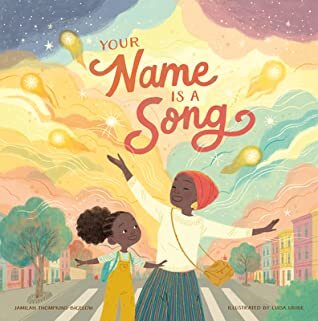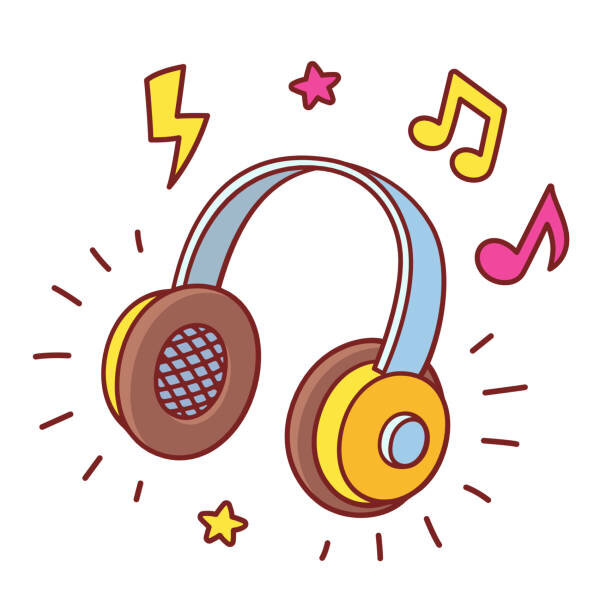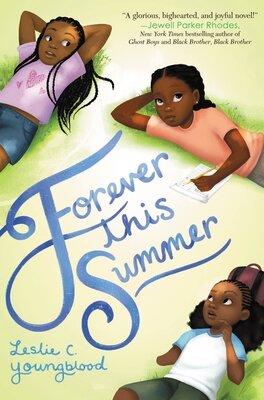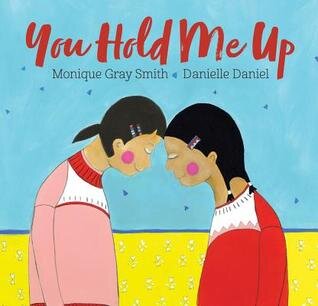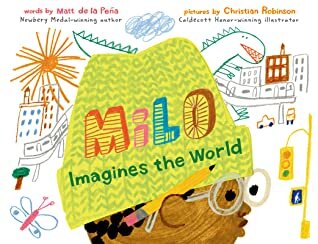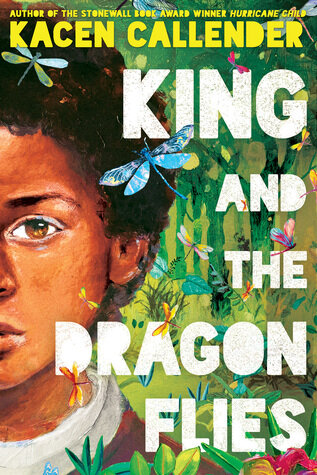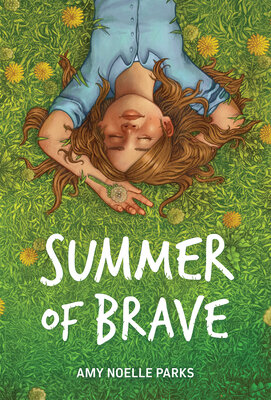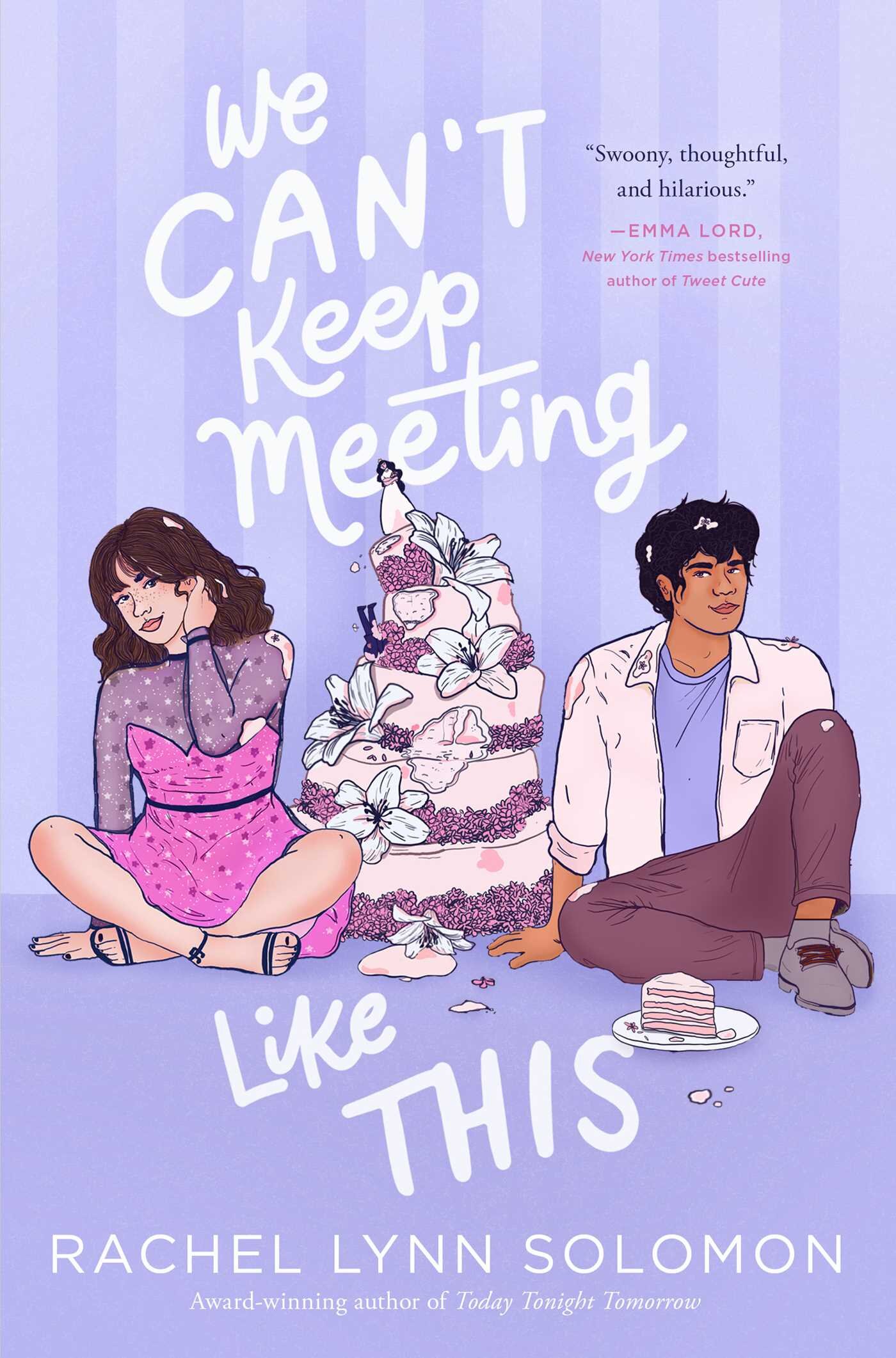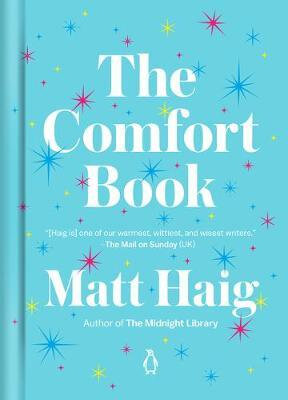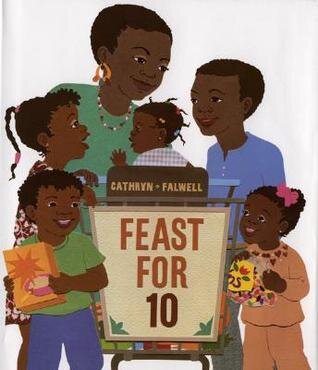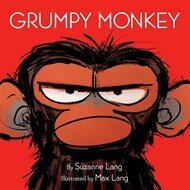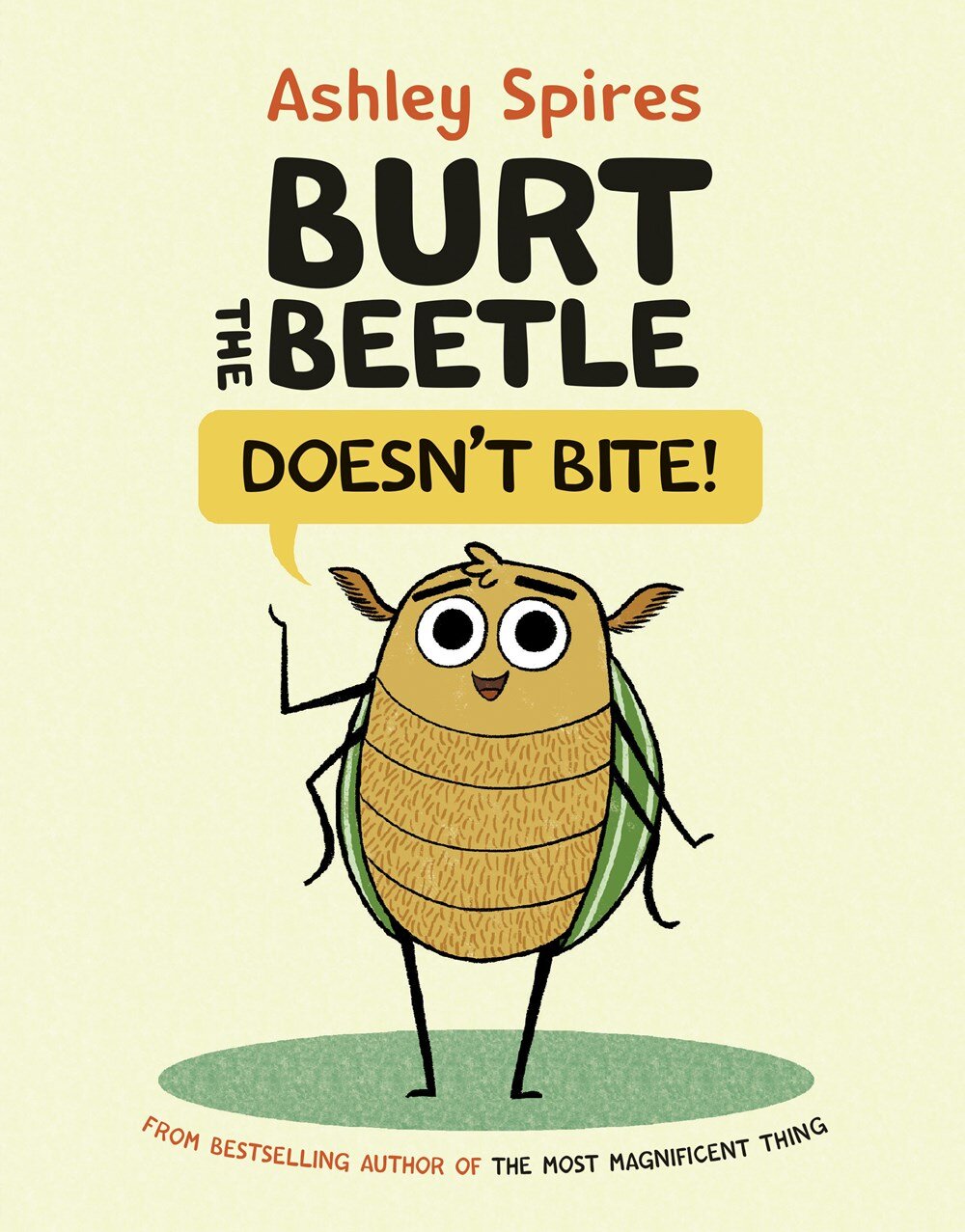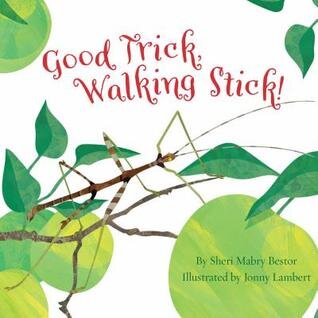As we watched the tragic scenes in Kabul unfold this past week, we thought about how to broach the topic with students in the classroom. Many students might have questions or a vague idea that something is happening based on overhearing adult conversations or catching snippets of the news. Where to start?
One place to start that usually works well for us is with a read aloud. Sadly, we don’t have a lot of books set in Afghanistan, and the ones we could find (list of picture books here) are all about war, refugees, or women and girls being denied rights and education. These are unquestionably important stories, but we want to avoid presenting a single narrative about Afghanistan. It’s also hard to find picture books written by Afghan or Afghan-American authors, but we will keep looking now that we are aware of the deficit in our libraries!
One book that many of my (older elementary) students enjoyed is The Kite Runner by Khaled Hosseini. There is a graphic novel version as well. Two picture books that I hope to check out soon are Brave with Beauty: A Story of Afghanistan by Maxine Rose Schur and The Stranger's Farewell: English-Pashto Edition by Palwasha Bazger Salam. Neither of these books is about war and both are set in the past.
If you chose to start with a read aloud, have students respond to the story by making text to self (have they ever felt like the main character? What connections can they make with teh story?) and then text to world (how does this story resonate with something happening in the world today?) connections.
Another way to start could be to look at one image or several photos. Have a table for responses with two columns: "I think/I notice" and "I wonder." You can do this on a large whiteboard or piece of chart paper, or individually (or in small groups) with handouts. It helps less confident students feel ready to share their thoughts and provides you with a way to find out what misconceptions versus accurate information students have and understand. The "I wonder" column also gives you a better sense of where to go to answer all of their questions and prompts them to ASK questions, which is an excellent place to start. Students also respond well to stories about individuals as they make the situation less abstract and are more humanizing.
And of course, look at a map! Always a great place to start - where are we talking about? What do we notice about the location? Look at a world map, regional map, and country specific map of Afghanistan.
Make sure you talk about what was happening 20 years ago when we started the war in Afghanistan (11-12 years before most of my students were born, I was in school etc.). This is helpful as younger students don’t have a clear conception of time or the past and anything before their lifetime (or even when they were a baby) is “a long time ago.” Or use a timeline! Great way to practice this tool, make the time before they were born tangible, and integrate math!
Share Newsela articles for students who have more questions or want to know more. What’s helpful is that Newsela will have articles about the latest news, but will also have human interest stories about Afghanistan in general, so students can learn more about the country in different, humanizing ways.
Also, share basic information about Afghanistan. We also like to think of some ways to help kids talk about the place and people we are learning about. This includes considering what are likely mistakes (for example, with anything Africa related we know we ALWAYS have to review country vs. continent) and what would empower students to accurately and respectfully talk about people. In this way we might consider:
helpful location/map cues like the bordering countries listed above, or also regional terms like South Asia and Central Asia.
We’d also consider things like languages (Pashto, Dari, maybe not going into the full list of all represented languages in a country for over saturation purposes, but explaining how many languages are common; in Afghanistan there are about 8?),
religion (Islam, we’d definitely expect mistakes about this so we would want to think about how deep we’d want/need to cover students understandings of Islam and aligned vocab, ie Muslim etc).
Finally! There are other words that we might consider that are heavy but have multiple uses like displacement, patriarchy, corruption...which we might choose. However, we are careful to think about how if this is the one and only time a teacher chooses to discuss/teach this topic what will be the takeaways of the place? In this way, without minimizing the tragedy and failure of what is happening right now in Afghanistan and the US’s responsibility within it, we also consider images that show aspects we can all connect on. We typically turn to a country's flag (always so cool!), food, and art. Pottery in Afghanistan, for example, could be a great way to integrate with an art teacher and be in awe of the millennia (!!!) long creations of pottery. Even just an image or two or another class connection can support rounding out a perspective and reminding us of the multitudes that we could go on to learn more about even if the focus of the lesson is on heavier pieces.
There are resources for talking about refugees here. If you are worried about backlash or concern from families, helpful language is available here.
Vocabulary
We like the vocabulary highlighting you can do through Newsela. Vocabulary instruction is frequently something teachers (ourselves included!!) miss in instruction and that miss impacts our students who need it the most. We won’t go into the numbers but the research is there if you care to know how important it is that we provide access to our instruction through vocabulary in as many ways and with as many routines and frequency as we can.
When we think about vocabulary instruction for difficult topics like this we try to keep it minimal knowing that the content (and emotional weight) is already heavy, while still giving students ways to access and talk about this new idea.
We aim for general good vocabulary practices like: providing the word in context, student friendly definitions, multiple examples of use, trying to choose target words that we know we can integrate into other social studies lessons or tough world conversations so they will have repeated exposures and opportunities to practice them, and then of course like we mentioned before, lots of visuals. Visuals for examples/non-examples is one of our go to ways to gear towards a word’s definition and assess if students have a sense of where it lands (ie more positive or negative?). Variations of a Freyer model in a writer's notebook and a vocabulary wall are also great tools to support students in utilizing the language to let them engage in these conversations!
Some vocabulary options for this content that could be considered:
Capital (capital city, we would use this in other conversations and other map conversations. A good way to introduce Kabul)
Decade (talk about how it has been 2 decades, helpful vocab for math and SS)
Civilians
Taliban
War/ war-torn
Invasion
Billion, Trillion (when we talk about the cost of the 20 year war, we would also use this in math, or in our Econ conversations)
Afghanistan (of course), could consider a few countries bordering (ie Pakistan, Iran etc, point out China to the northeast which might be a big recognizable location that you’ve discussed previously for when they situate themselves on a map as the lesson(s) continue).
Government
Fear / terrified/ distraught (we like to choose a social emotional vocabulary word or two to give us the space to grow our vocabulary and skills in this realm too. It also supports clarifying the range of that word (ie livid is at a different level of intensity than mad) and the emotions we might feel within it, as well as reminding us of how we connect to other humans all over the world).
We try to keep vocabulary lists to 10 or less, and they can definitely be less and still be very valuable (oftentimes more valuable because students will actually be able to... learn the words!!) so think about your crew and choose accordingly for them to be successful.
Subscribe to our blog:

